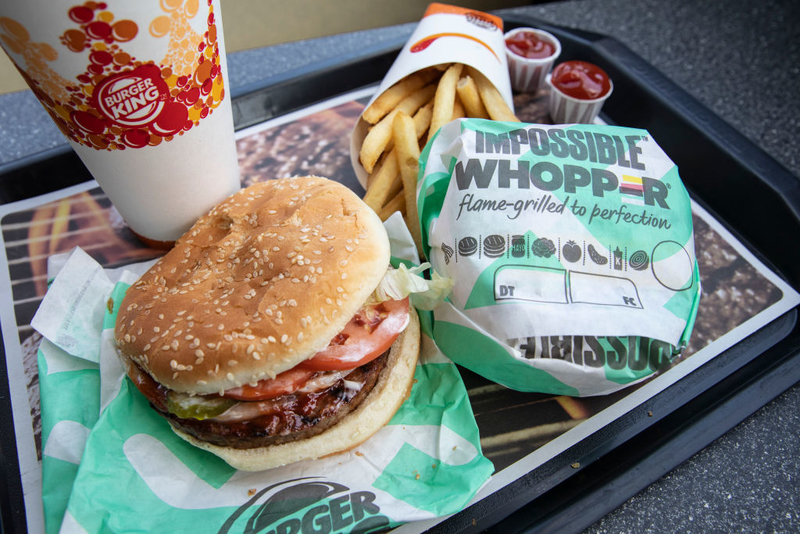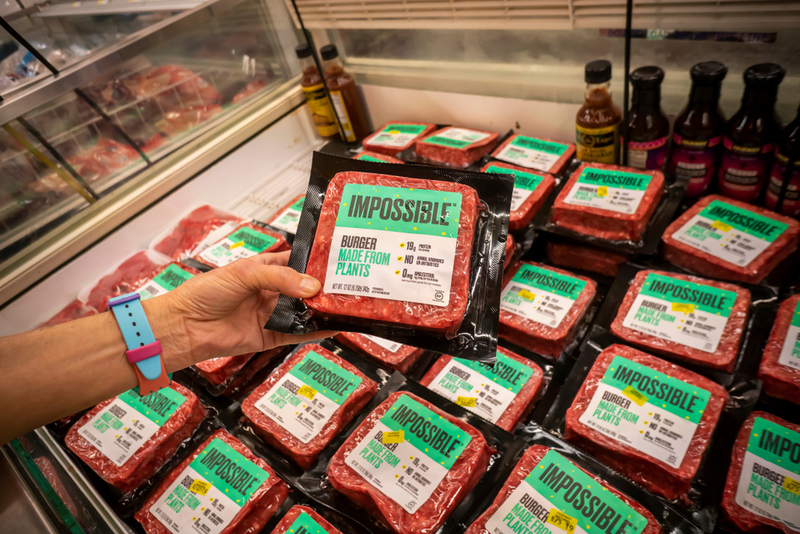
A chef or a revolutionary foodie didn’t found impossible Foods; it was founded by a biochemist named Patrick Brown. He was working at Stanford University before he decided to start his company, and according to Nature, he didn’t recruit chefs or foodies, either. He assembled a team of scientists of all sorts, who took a different approach to build the perfect veggie burger: They were engineering their burgers starting from the molecular level.
Founder Patrick Brown says that they spent around six years studying meat on a molecular level to find out how it “works,” and how it all comes together to create something humans have been craving since we discovered hunting and fire. They found that there’s one single molecule that’s responsible for making meat taste so gosh darn good, and it’s called heme. Heme is a protein in hemoglobin, which is the stuff that carries oxygen through your bloodstream. It also helps turn calories into energy, which means there’s a lot of it in animal tissues. When those tissues are turned into food, it’s heme that gives meat that distinctive flavor, you can only describe as “meaty.” Heme is present in plants, too, and there are all different kinds. They tested different types of plant-based heme until they found one that was very similar to animal-based heme, and settled on a protein extracted from the roots of legumes. Then, it was just finding a way to extract heme from plants, put it into their veggie burger, and presto! A meaty-tasting veggie burger!

Basically, soy roots contain a version of heme that has a similar molecular structure to the heme that’s in animal tissue. Soy doesn’t have nearly as much of it, though, so the scientific geniuses at Impossible Foods found a way to take the genetic codes from soy-based heme and insert it into a variety of yeast. They then feed the yeast to get it to multiply, and voila: heme on a grand scale, without the environmental impacts of raising fields and fields of either soy or cows. That’s only half the story, though. To get the rest of the puzzle pieces, they cooked real beef and exposed it to something called a gas chromatography-mass spectrometry system. That isolated every molecule and compound present that created the smells of that cooking beef and gave them the structure of the burger they needed to put the heme into to make sure the Impossible Burger also had that “meaty” aroma.